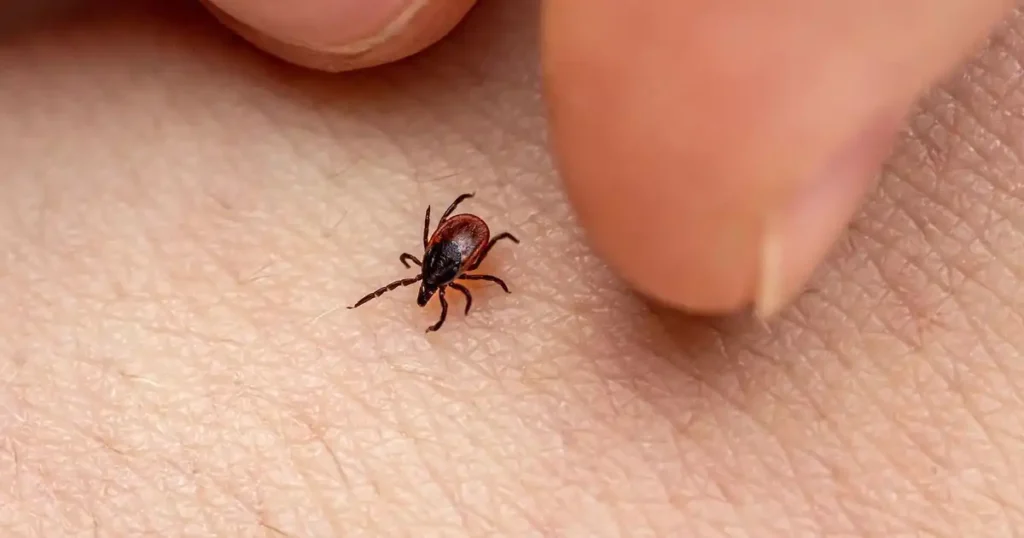How to safely remove and dispose of ticks—and why it really matters
Even a tiny tick bite can lead to serious illness. Here’s how to protect yourself, your family, and your pets by removing and disposing of ticks the right way.
If you enjoy spending time outdoors—especially near forests, fields, or grassy areas—you’ve likely come across a tick or two. These small, spider-like creatures feed on the blood of animals and humans. While a tick bite might seem harmless, it can sometimes lead to serious diseases like Lyme disease, Rocky Mountain spotted fever, or babesiosis.
These illnesses can cause long-term health problems if not treated early, which is why it’s so important to know what to do if you find a tick on your skin—or on your pet.

How to remove a tick properly
If you discover a tick attached to your skin, don’t panic—but don’t yank it off either.
Instead, use a pair of fine-tipped tweezers or forceps. Grip the tick as close to your skin as possible and pull it out slowly and steadily. Try not to twist or squeeze it. Doing so can cause the tick to spit its stomach contents into your skin, increasing the risk of infection.
Make sure the whole tick comes out. If parts remain in the skin, especially the head, you may need help from a doctor to remove them safely.
Now, what should you do with the tick?
You might think tossing it in the trash is good enough—but that won’t always keep it from finding another host.
Here are safer ways to dispose of a tick:
- Seal it in a bag or small container: This keeps it from escaping and can be helpful if your doctor or vet wants to identify the type of tick.
- Wrap it in tissue and flush it down the toilet: This is a quick and easy way to get rid of it for good.
- Kill it with rubbing alcohol: This method ensures the tick won’t survive.
If the tick was found on a pet, some veterinarians recommend saving the tick in a sealed bag and bringing it in for testing. This can help determine if your pet needs treatment.
Protecting your pets means protecting your home
Ticks love pets, especially dogs and cats who play in tall grass or wooded areas. Once inside, they can spread to humans too.
Be sure to check your pets regularly, especially around:
- Ears
- Between the toes
- Under armpits and legs
- Around the neck and collar area
- Underneath their tail
You can use your hands to feel for small bumps and check their fur for hidden ticks. Keeping your pets protected also helps keep your whole household safer.
What to do if you’ve been bitten
A tick bite may go unnoticed at first, but some symptoms can develop within days. Watch for signs such as:
- Flu-like symptoms (fever, chills, muscle aches)
- Fatigue
- Joint pain
- A red, bullseye-shaped rash near the bite
If you experience any of these symptoms, see a doctor as soon as possible. Early treatment—often antibiotics—can stop tick-borne diseases before they become serious or long-lasting.
Stay tick-smart to stay healthy
Ticks are tiny, but the health threats they carry are no joke. Whether you’re heading into the woods or simply spending time in your garden, make tick checks a habit for yourself and your pets.
Knowing how to safely remove and dispose of ticks can protect you and those you love from serious illness. It’s a small step that can make a big difference.





